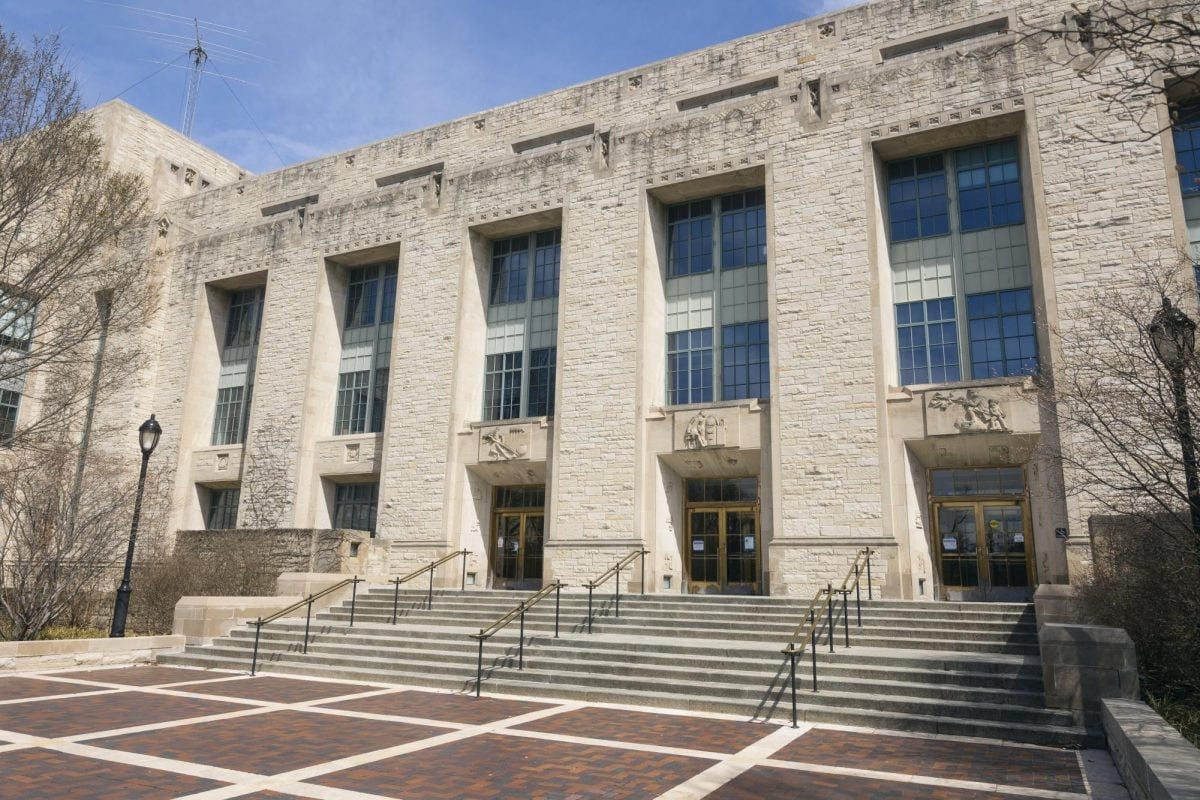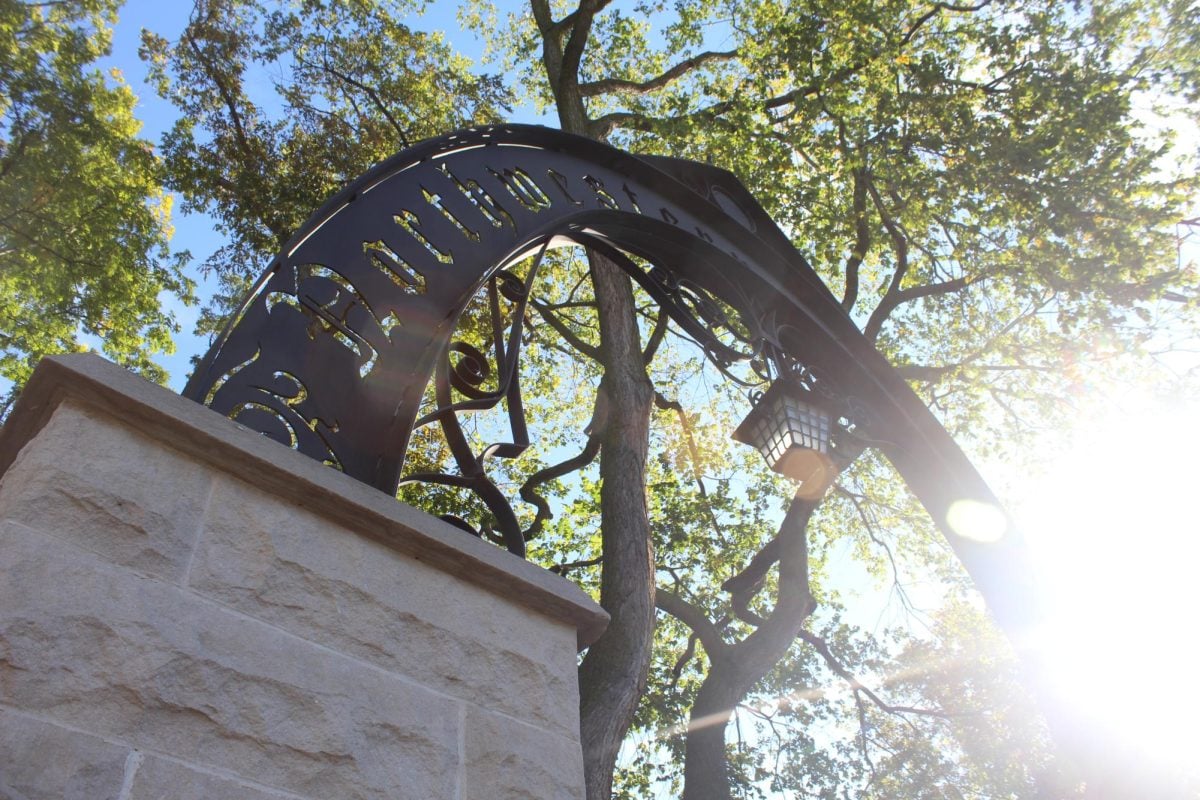Recent Northwestern research into the powerful, rock-crushing teeth of a mollusk may further medical and energy research.
Using specialized technology, Material Sciences and Engineering Professor Derk Joester and third-year materials science and engineering student Lyle Gordon, performed a chemical analysis of mollusk teeth and found surprising results. Their research was published in Nature magazine earlier this month.
The mollusks, called sea chiton, have teeth that are an ideal subject for study because of their unique properties, Joester said. The chiton’s teeth are self-sharpening. Like a conveyer belt, teeth are made at one end of their tongues and are synthesized as they rotate into use, he said.
The magnetite within the chiton’s teeth is one of the hardest biominerals known to scientists. Harder, for instance, than stainless steel, he said.
“Traditionally, its been very difficult to analyze the chemistry of these interfaces,” Joester said. “You need great sensitivity. We applied this very powerful technique that we have available here at Northwestern: atom-probe tomography.”
Atom-probe tomography (APT) is a method, using a powerful microscope, that creates a 3D reconstruction of a sample on its atomic level. NU houses two of the few APT machines in the nation . With this technology, Joester and Gordon were able to map the chemical structures of these teeth, finding that the carbon-based fibers within them also contain magnesium or sodium-based ions.
Importantly, Joester and Gordon’s research found that APT can work even with the inorganic composites found in any creature’s teeth or bones, Joester said.
This ability to map out inorganic materials on an atomic level has potential uses for other fields. For example, these chemical structures play a role in biomedical and energy research.
“We have shown that atom-probe topography is capable of adding a wealth of info,” Joester said.
Gordon explained how the technology can be used to better understand diseases that degrade our teeth and bones. Researchers can analyze healthy bones, and then diseased bones, in order to compare chemical differences, he said.
“(APT can be used to) get real insight into the nanostructure of those materials,” Gordon said.
This furthers research into the creation of artificial teeth and bones, Joester said. Additionally, NU’s own Center of Cancer Nanotechnology Excellence may benefit, he said.
“Nanoparticles are heavily used in developing new cancer therapy and imaging,” Joester said.
Joester and Gordon’s research also has implications for energy research, as APT might enable progress for solar energy.
“(With) organic photovoltaics, you have these interfaces that previously were very difficult to analyze,” Joester said. “(We are) very excited to be able to contribute to the basic understanding there.”







